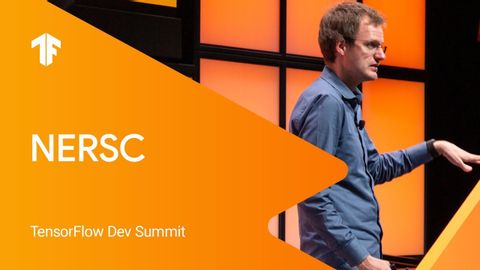気候分析のためのエクサススケールディープラーニング (TF Dev Summit '19) (Exascale Deep Learning for Climate Analytics (TF Dev Summit ‘19))
林宜悉 が 2021 年 01 月 14 日 に投稿  この条件に一致する単語はありません
この条件に一致する単語はありませんUS /əˈprəʊtʃ/
・
UK /ə'prəʊtʃ/
- v.t./i.近づく;話を持ちかける
- n. (c./u.)目的に近づく方法 : 道;交渉しようとして人に近づくこと;取り組み方 : 扱い方
US /ˈprɛznt/
・
UK /'preznt/
- adj.出席している;現在
- n.プレゼント;現在時制;現在;贈り物
- v.t.紹介する;司会をする;発表する;提示する;(賞を)贈呈する
- v.i.現れる
エネルギーを使用
すべての単語を解除
発音・解説・フィルター機能を解除

